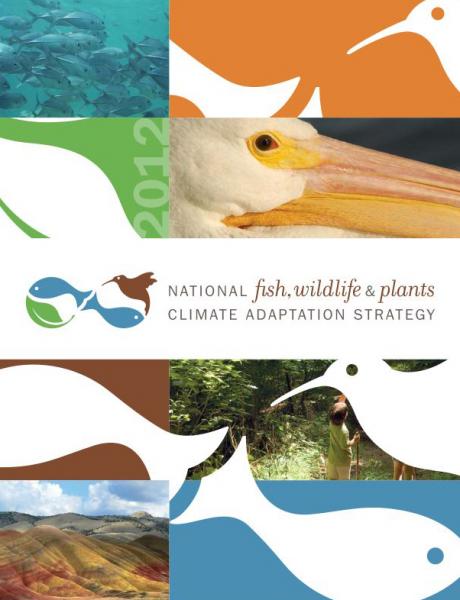 submitted by Stella Tarnay
submitted by Stella Tarnay
noaa.gov - March 26, 2013
In partnership with State and Tribal agencies, the Obama Administration today released the first nationwide strategy to help public and private decision makers address the impacts that climate change is having on natural resources and the people and economies that depend on them. Developed in response to a request by Congress, the National Fish, Wildlife, and Plants Climate Adaptation Strategy is the product of extensive national dialogue that spanned nearly two years and was shaped by comments from more than 55,000 Americans.
Fish, wildlife, and plant resources provide important benefits and services to Americans every day, including jobs, income, food, clean water and air, building materials, storm protection, tourism and recreation. For example, hunting, fishing and other wildlife-related recreation contribute an estimated $120 billion to our nation’s economy every year, and marine ecosystems sustain a U.S. seafood industry that supports approximately 1 million jobs and $116 billion in economic activity annually.
Recent Comments